The Most Impressive New Cars of the Future: From Flying Vehicles to AI-Driven Models
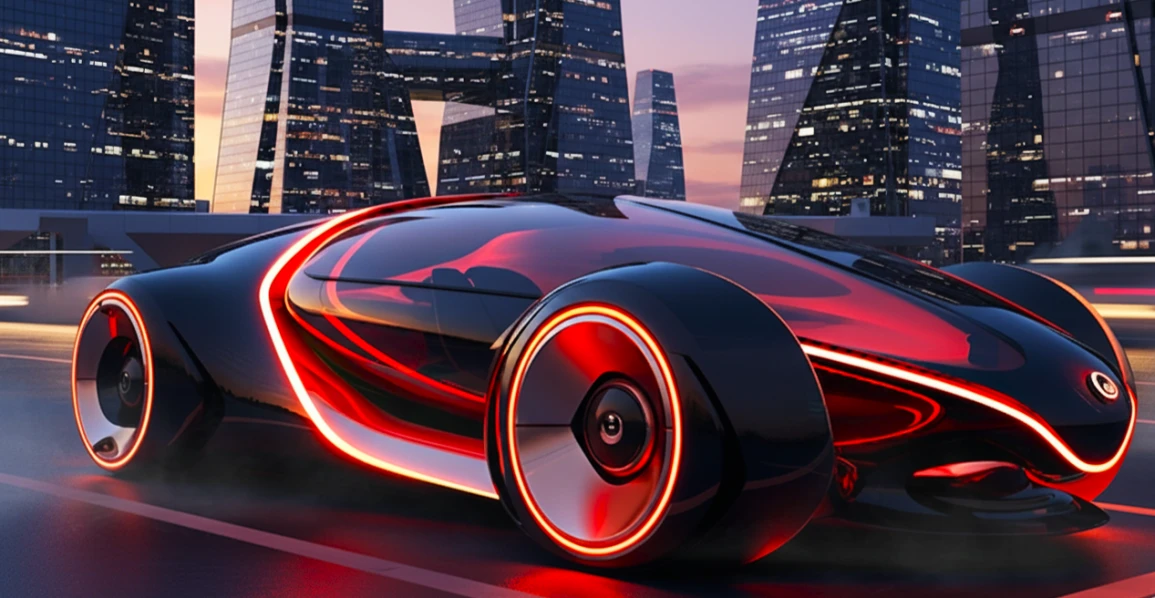
A car that travels 1000 kilometers without recharging. A cabin that transforms into a living room while the car drives you down the highway. A vehicle that takes off to fly over a traffic jam. And no, this is not a script from a new Marvel movie, but the automotive reality of 2025. The line between a bold concept and a production car is blurring right now, right before our eyes.
Technologies that seemed like science fiction just yesterday are now being tested on public roads. Breakthroughs in battery technology, artificial intelligence, and new materials have accelerated evolution to the speed of revolution. Never has the future been so close.
That is why now is the best time to look beyond the horizon. Which future cars are already knocking on the doors of showrooms? Which futuristic cars will change our cities? Let's find out.
A Brief Overview of Future Car Technologies
A modern car is an incredibly complex computer on wheels. And the new cars of the near future will definitively transform into high–tech gadgets. Here are the technologies that are shaping their appearance:
- Next–Generation Electric Powertrains. It's no longer just about range. Engineers are working on solid–state batteries that promise twice the energy density and ultra–fast charging in 5–10 minutes. In–wheel motor technologies are being developed, freeing up space in the cabin.
- Autonomous Driving and Artificial Intelligence. Level 3 and 4 autopilots are ceasing to be exotic. The car not only stays in its lane but also analyzes its surroundings, predicts the actions of other road users, and interacts with infrastructure. Artificial intelligence here is a personal assistant to the driver, knowing their habits and preferences.
- New Materials and Aerodynamic Solutions. Ultra–light composites, self–healing polymers, and "smart" glass that changes transparency are becoming the norm. Design is becoming a science. Active aerodynamic elements that change the shape of the body on the move ensure maximum efficiency at any speed.
These listed technologies are changing the very concept of the automobile. It is ceasing to be a mere means of transportation and is turning into a personal mobile space – an office, a relaxation zone, an entertainment center.
Main Categories of Futuristic Cars
The cars of the future are developing in several directions, each solving its own tasks.
- Electric Supercars. Here, technology works for maximum performance. Power of 1500–2000 hp, acceleration to 100 km/h in less than 2 seconds, and active aerodynamics. And the pinnacle of engineering thought is the demonstration of the capabilities of electric traction.
- Autonomous Vehicles. The opposite pole. Here, the main thing is not speed, but the comfort and safety of the passenger, who is no longer a driver. The interiors of such concepts resemble lounge zones with sofas, huge screens, and opportunities for work and rest.
- Flying Cars. The boldest and most complex segment. Dozens of startups and even major corporations are working on creating personal air transport (VTOL – vertical take–off and landing). The goal is to get rid of traffic jams by moving into the third dimension.
- Conceptual Eco–Friendly Solutions. This is the search for alternatives to lithium–ion batteries. Cars with hydrogen fuel cells that refuel in 5 minutes and emit only water vapor. And even cars covered with solar panels, capable of recharging on the move from sunlight.
TOP 15 Most Futuristic Cars
To avoid getting lost in the variety of concepts, we have gathered the most striking and promising projects that define the look of the automotive future.
1. Mercedes–Benz VISION EQXX – 1000 km on a single charge
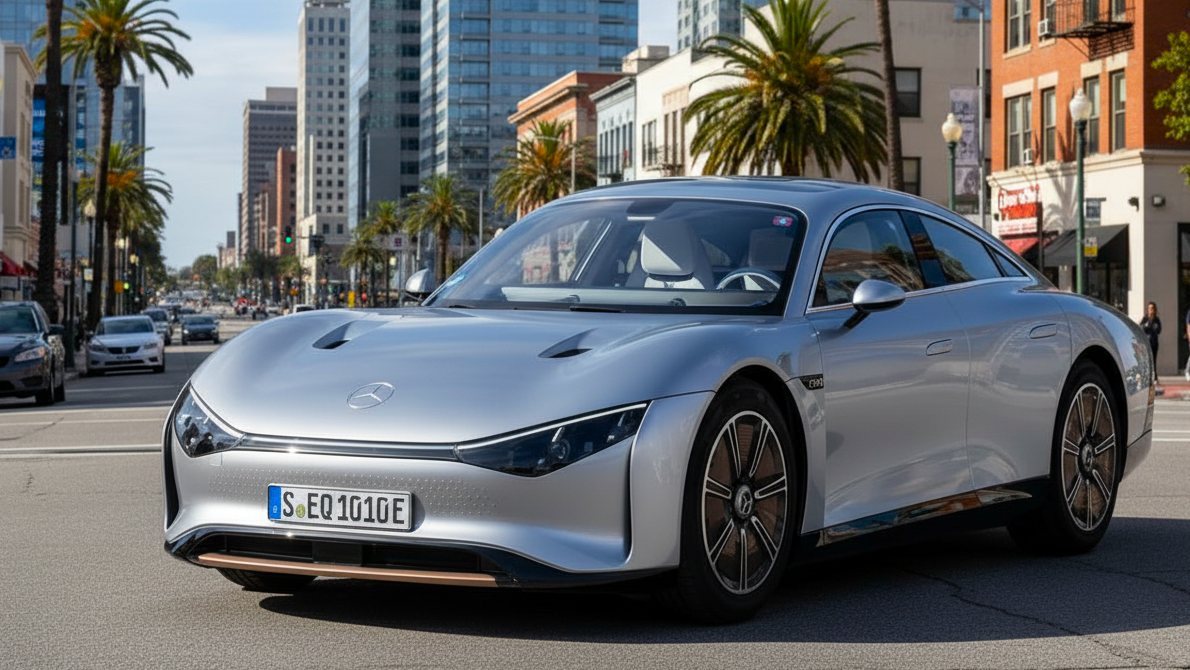
This car is not just a concept, but a mobile laboratory of ultra–efficiency. Its goal is to prove that an electric car can travel more than 1000 km on a single charge. Thanks to incredible aerodynamics (Cd 0.17), lightweight materials, and an innovative battery, it has already set this record in real–world conditions.
2. BMW i Vision Circular – Fully recyclable
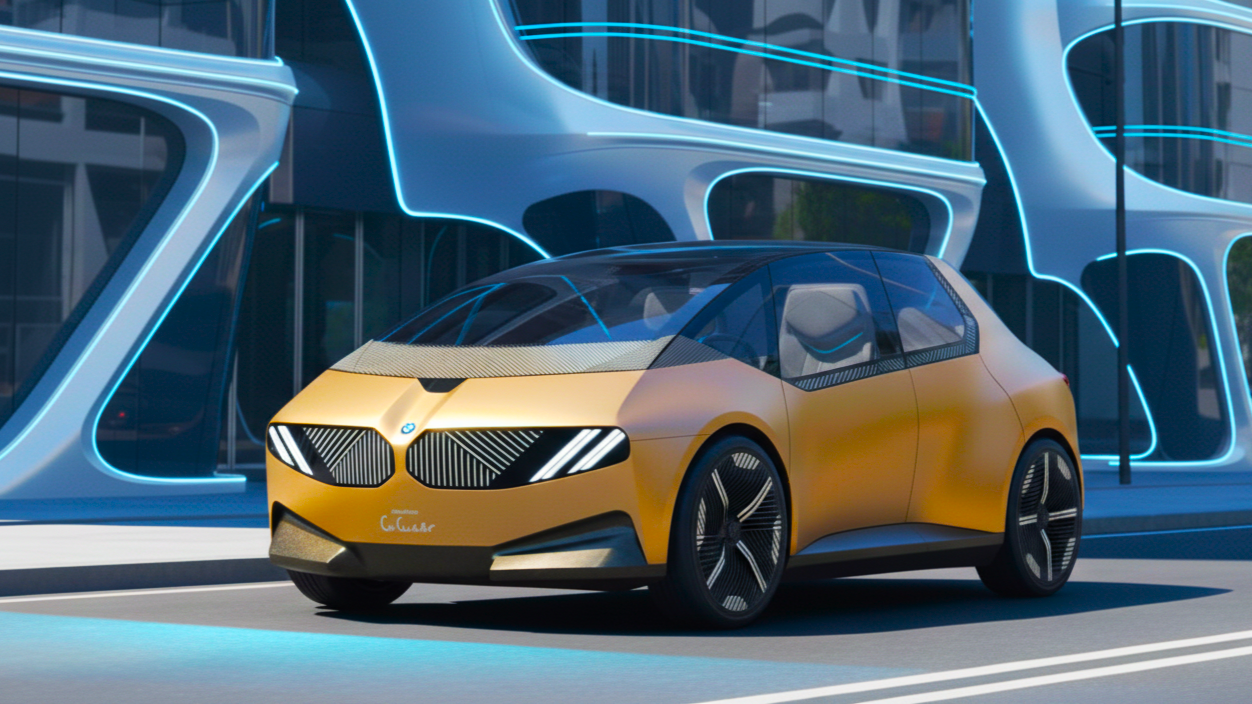
BMW has rethought the iNext concept towards sustainability. The Vision Circular is a compact electric car made of 100% recycled materials and is 100% recyclable. This is a vision of the future where luxury is inseparable from responsibility.
3. Audi AI:ME – The urban car of the future
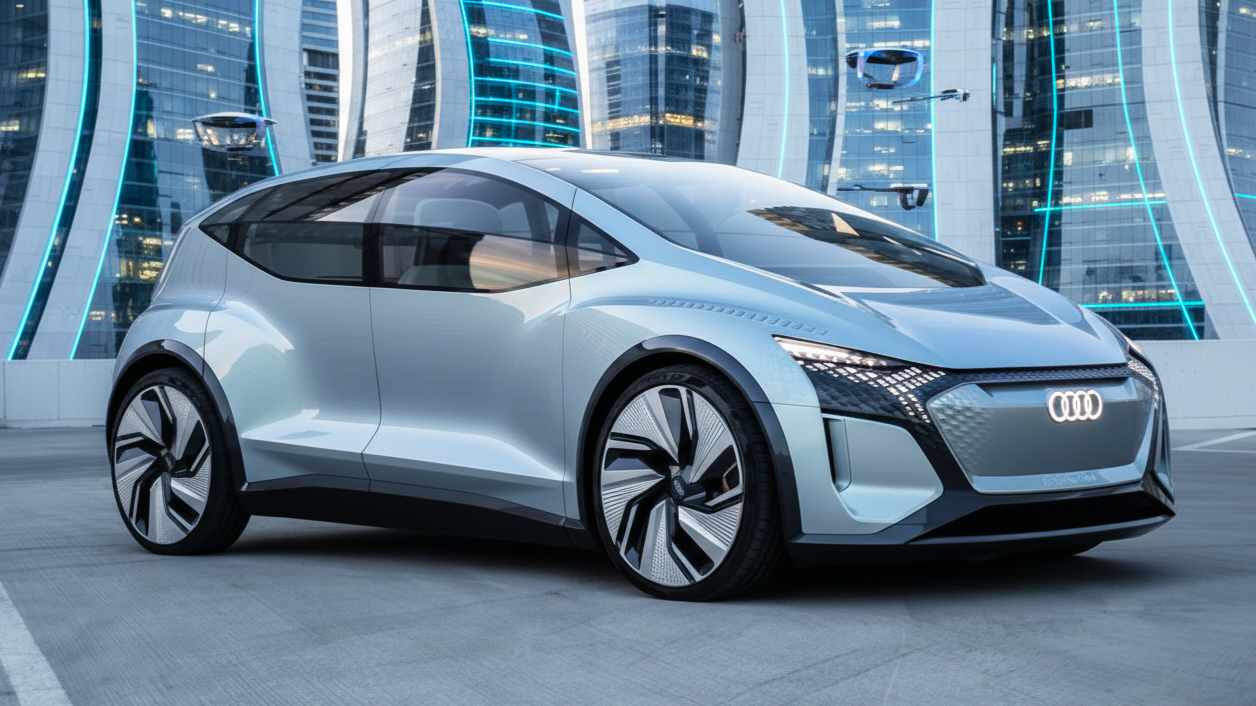
AI:ME is a Level 4 autonomous electric car designed specifically for megacities. Its cabin is a "third living space" after home and work, with live plants, virtual reality glasses, and noise–cancellation systems.
4. Tesla Roadster (2025) – SpaceX rocket technology
.png?_t=1760555997)
It promises acceleration to 100 km/h in less than 2 seconds. A unique feature is the optional SpaceX package with compressed air thrusters for even more extreme dynamics. This blurs the lines between a car and a rocket.
5. Lucid Air Dream Edition – 1111 hp of electric power
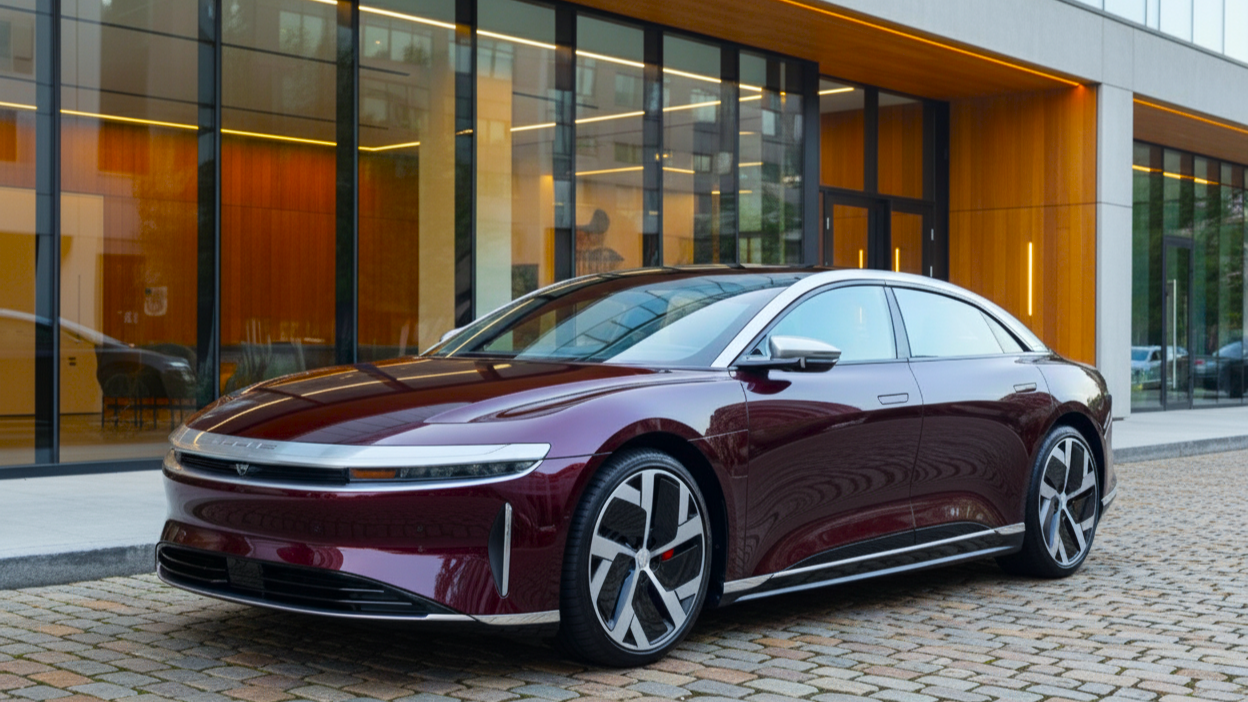
An already in–production sedan that is ahead of its time. In the Dream Edition version, it produces 1111 hp, and in the Grand Touring version, it offers a range of over 830 km. This is the benchmark for efficiency and luxury in the world of electric cars.
6. Porsche Mission R – The electric race car
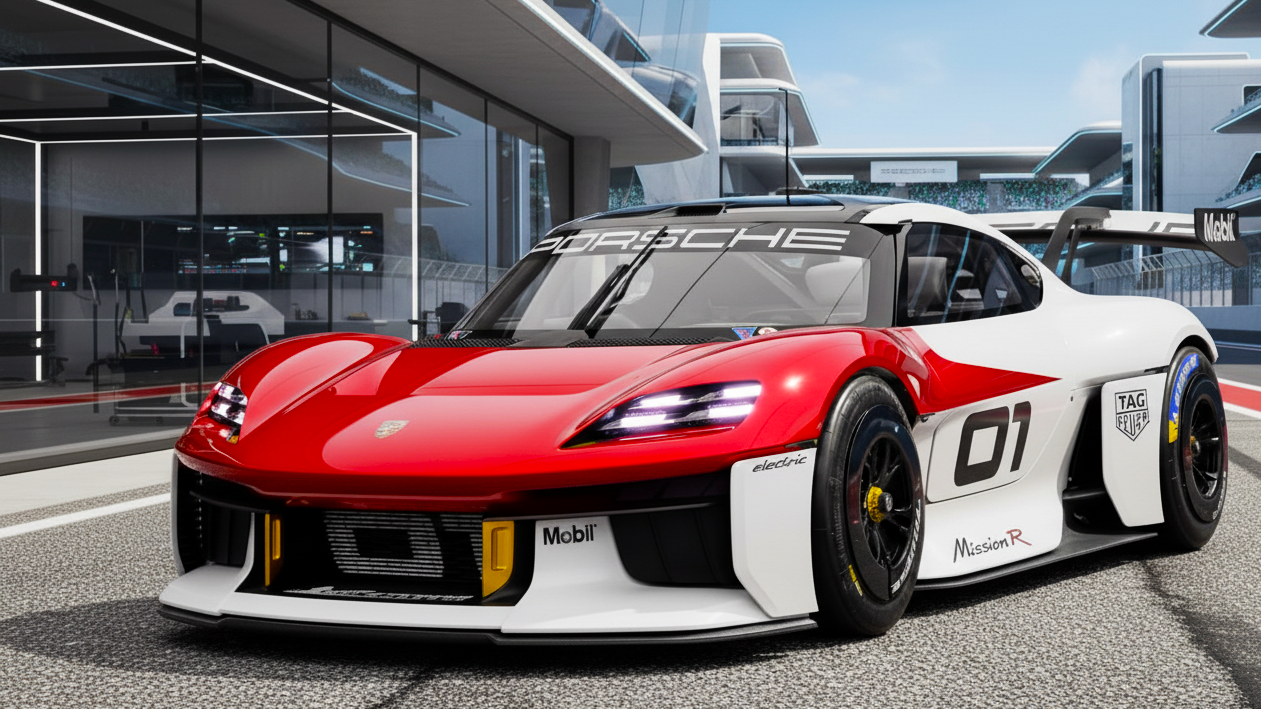
Porsche's vision for the future of customer racing. A compact, lightweight, and incredibly powerful (up to 1088 hp in qualifying mode) electric race car, many of whose solutions are already being used in production models.
7. Hyundai Prophecy – Emotional design of the future
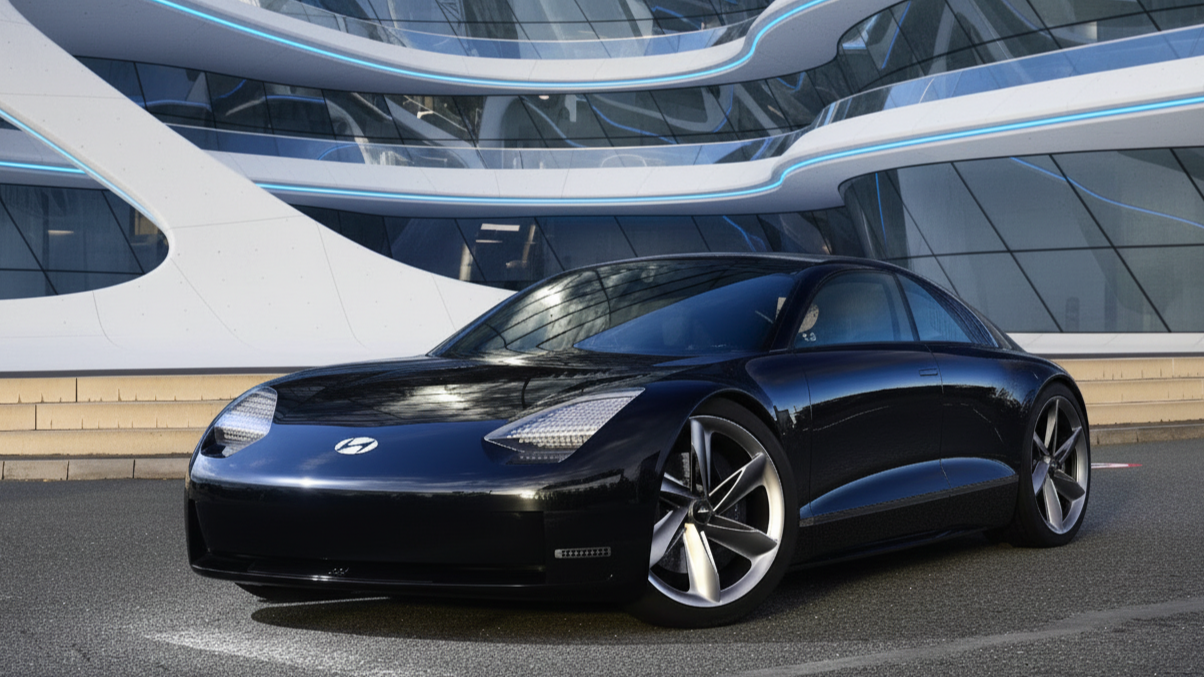
A concept that demonstrates Hyundai's new design language – "Sensuous Sportiness." Smooth, aerodynamic lines and an interior with joysticks instead of a steering wheel.
8. Genesis X Concept – The electric GT coupe
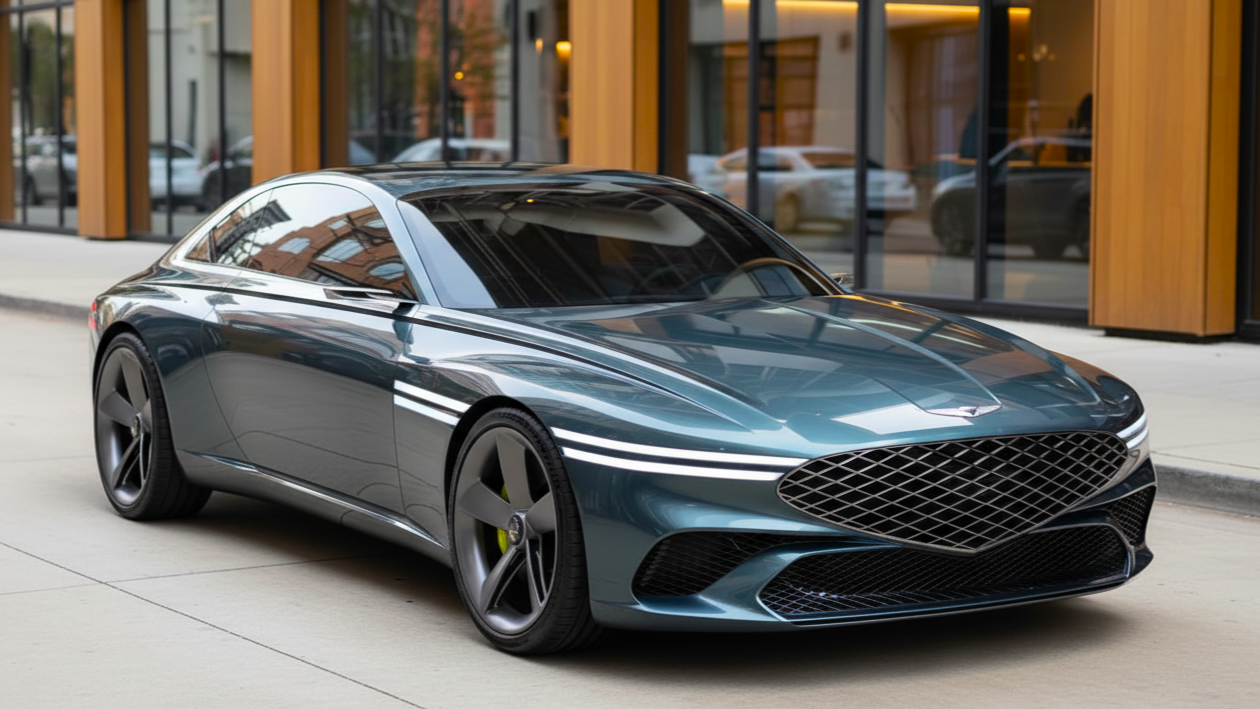
An elegant electric Gran Turismo coupe. It demonstrates what future sports models from the premium Korean brand could look like, combining classic proportions with futuristic details.
9. Cadillac InnerSpace – The autonomous cabin–capsule
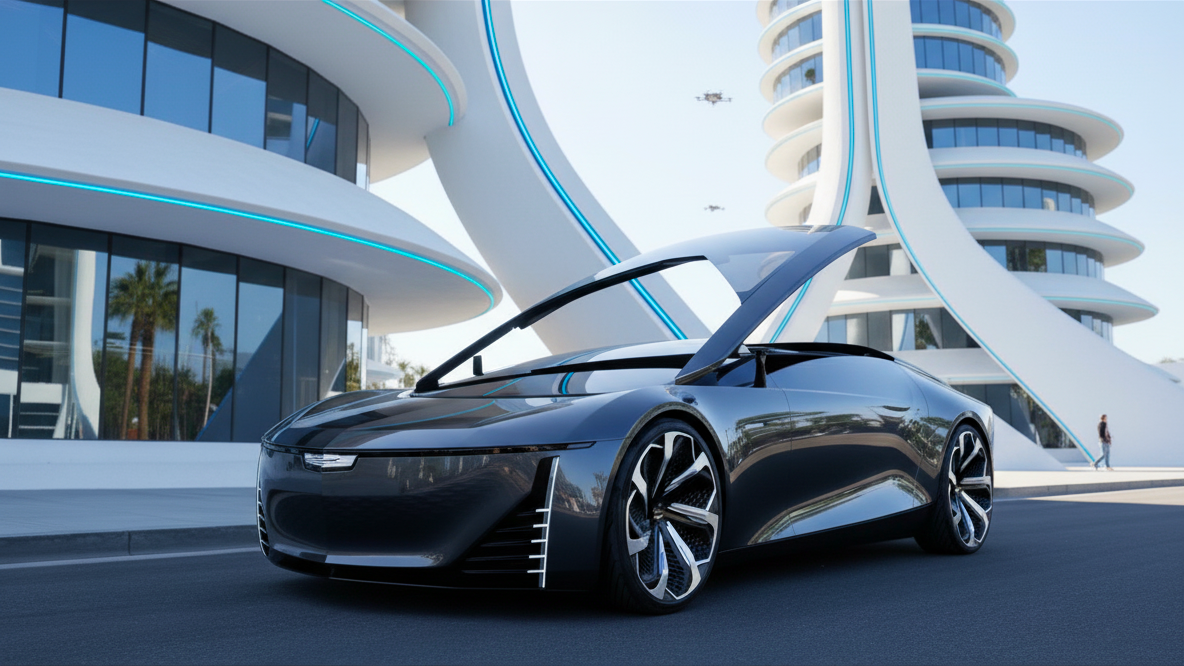
A fully autonomous two–seater luxury capsule. There is no steering wheel or pedals here, only a huge panoramic screen and a sofa, creating the feeling of a moving lounge zone.
10. Volvo Concept Recharge – Scandinavian minimalism
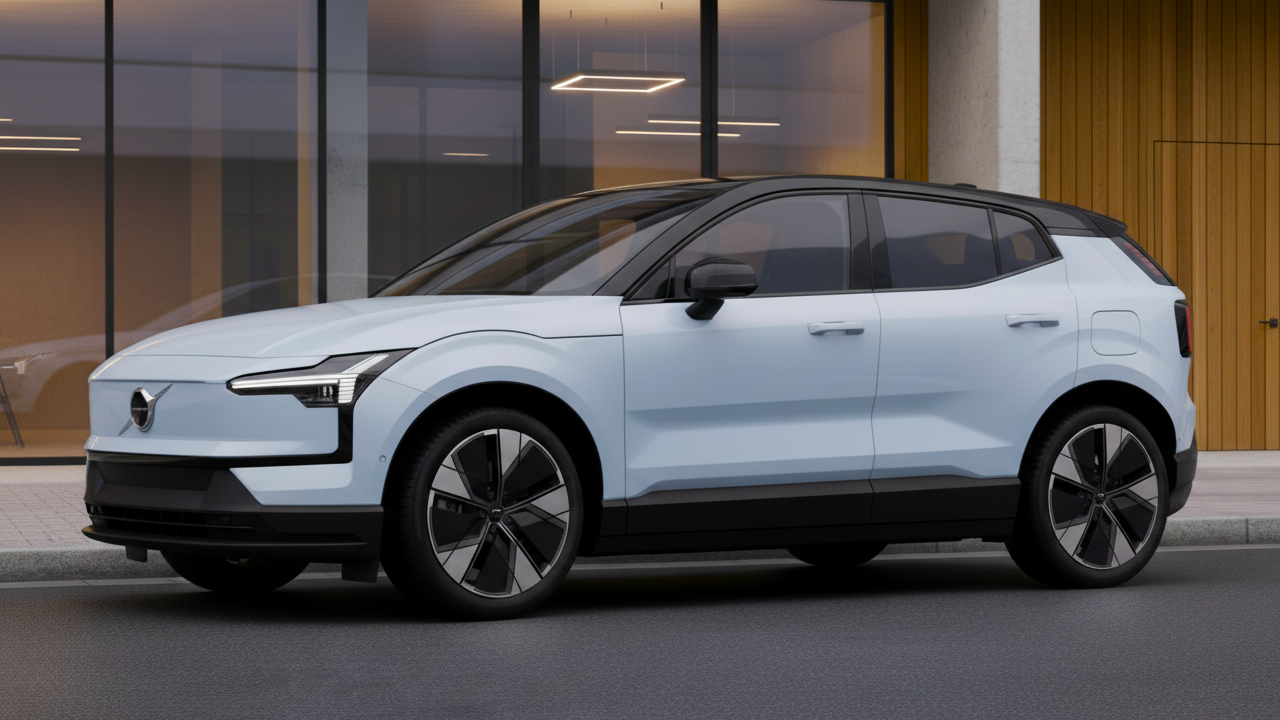
The prototype for the future flagship electric SUV, the Volvo EX90. It demonstrates a new approach to layout: a flat floor, increased cabin space, and the "less, but better" philosophy.
11. Jaguar Vision Gran Turismo – A virtual supercar in reality
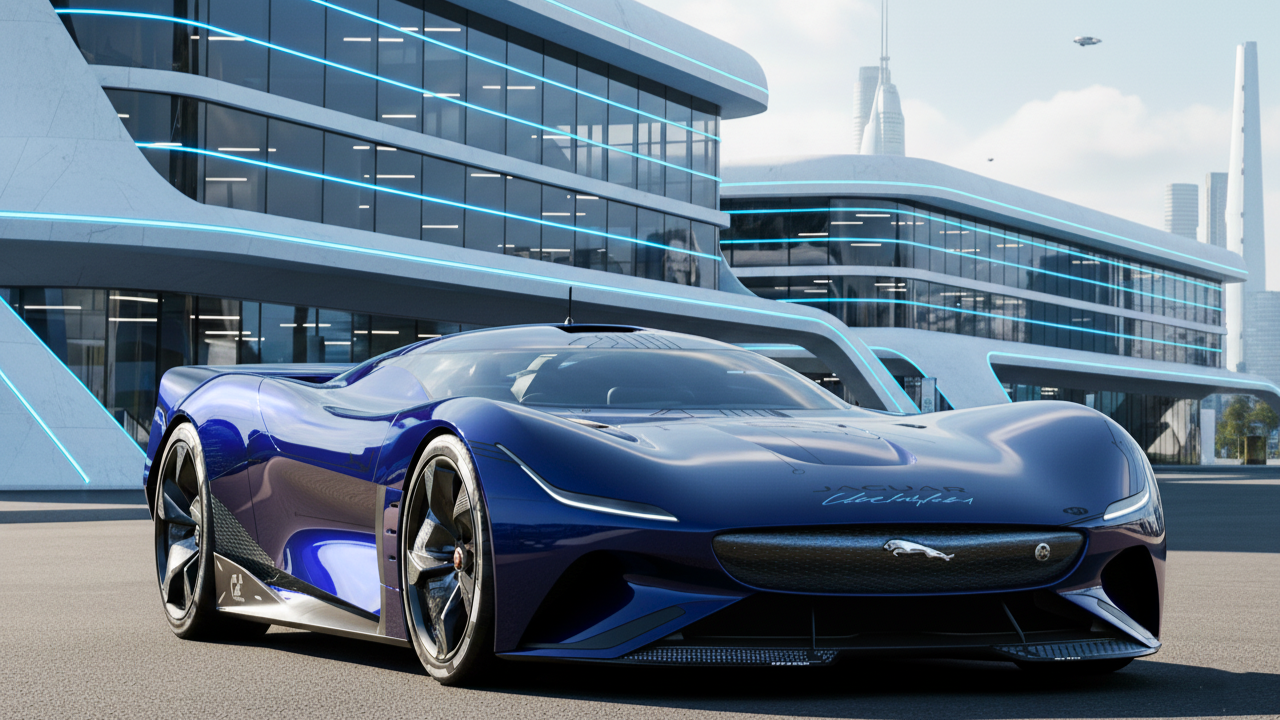
A supercar originally created for the Gran Turismo racing simulator but brought to life in a real-world embodiment. An example of how the lines between the virtual and real worlds of automotive design are blurring.
12. Toyota LQ – The car with artificial intelligence
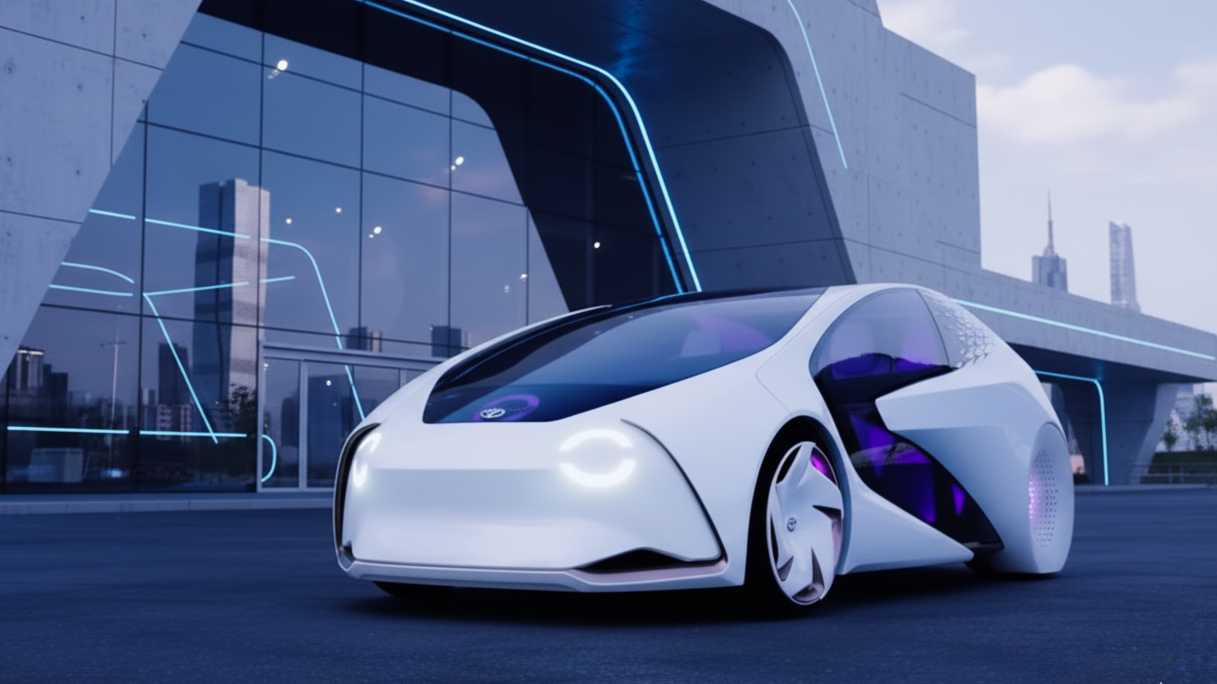
A concept with an advanced artificial intelligence named "Yui." The car learns the driver's habits and emotions, adjusting the music, lighting, and even the route to make the trip as comfortable as possible.
13. Honda 0 Series Saloon (replaces NeuV) – The emotionally intelligent vehicle
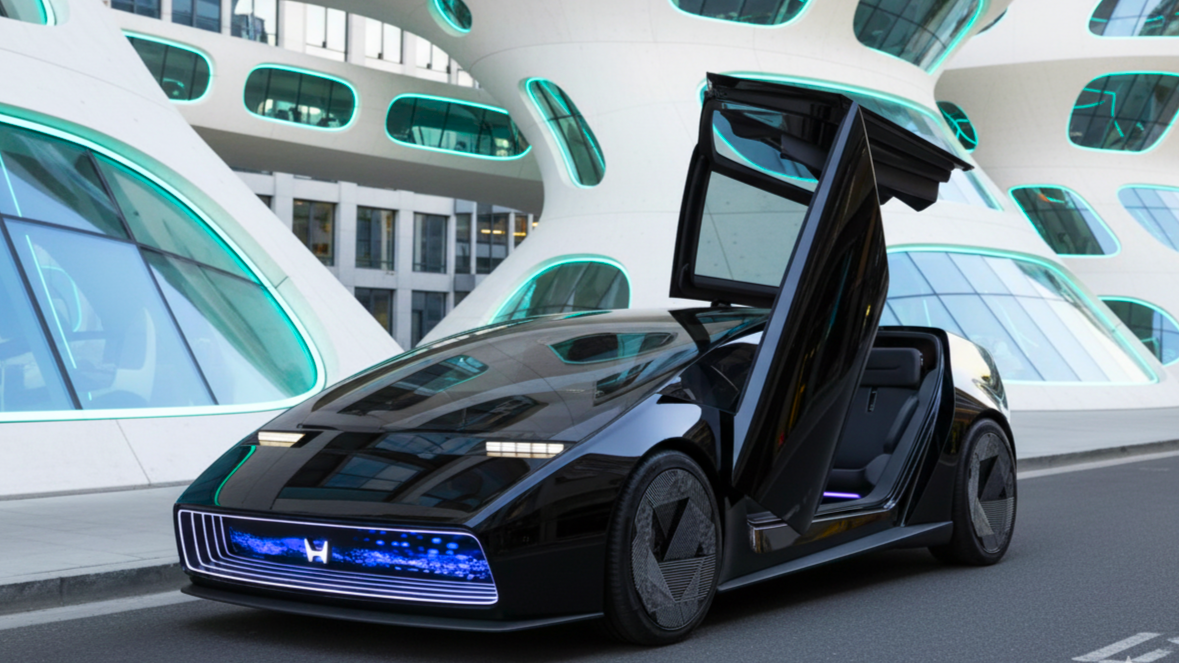
Honda's new philosophy for electric vehicles. A lightweight, aerodynamic, and spacious sedan that prioritizes driving pleasure and an emotional connection with the car through AI.
14. Renault Morphoz – The transformable electric crossover
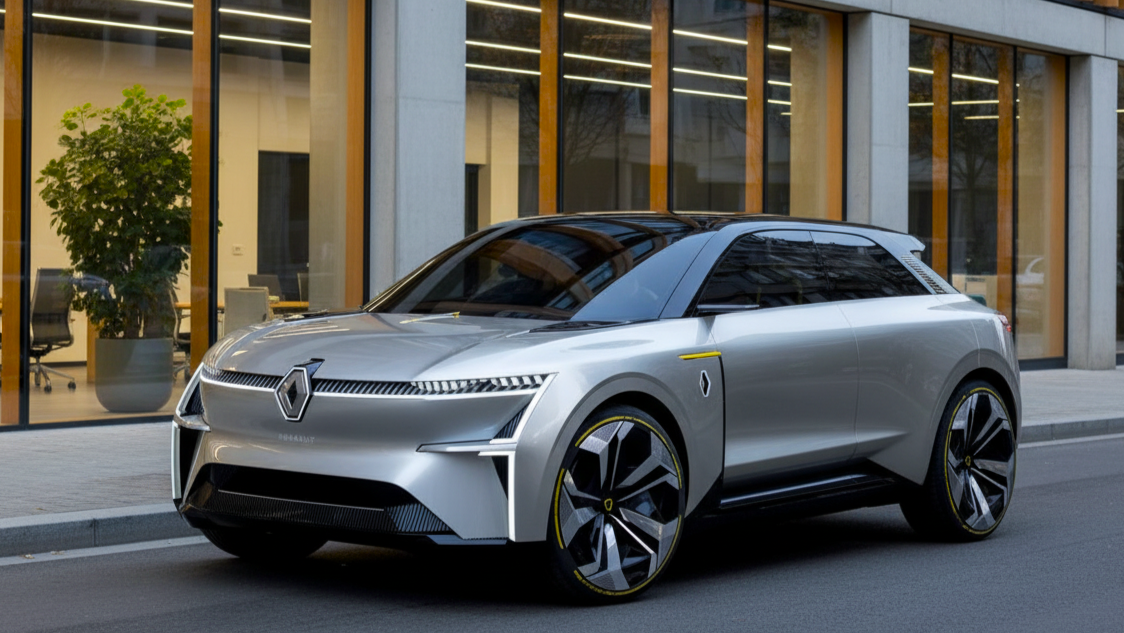
An electric crossover capable of physically changing its dimensions. In city mode, it is compact, and before a long trip, its body extends, providing more space for luggage and additional battery capacity.
15. Lightyear 2 (replaces Lightyear 0) – The solar car
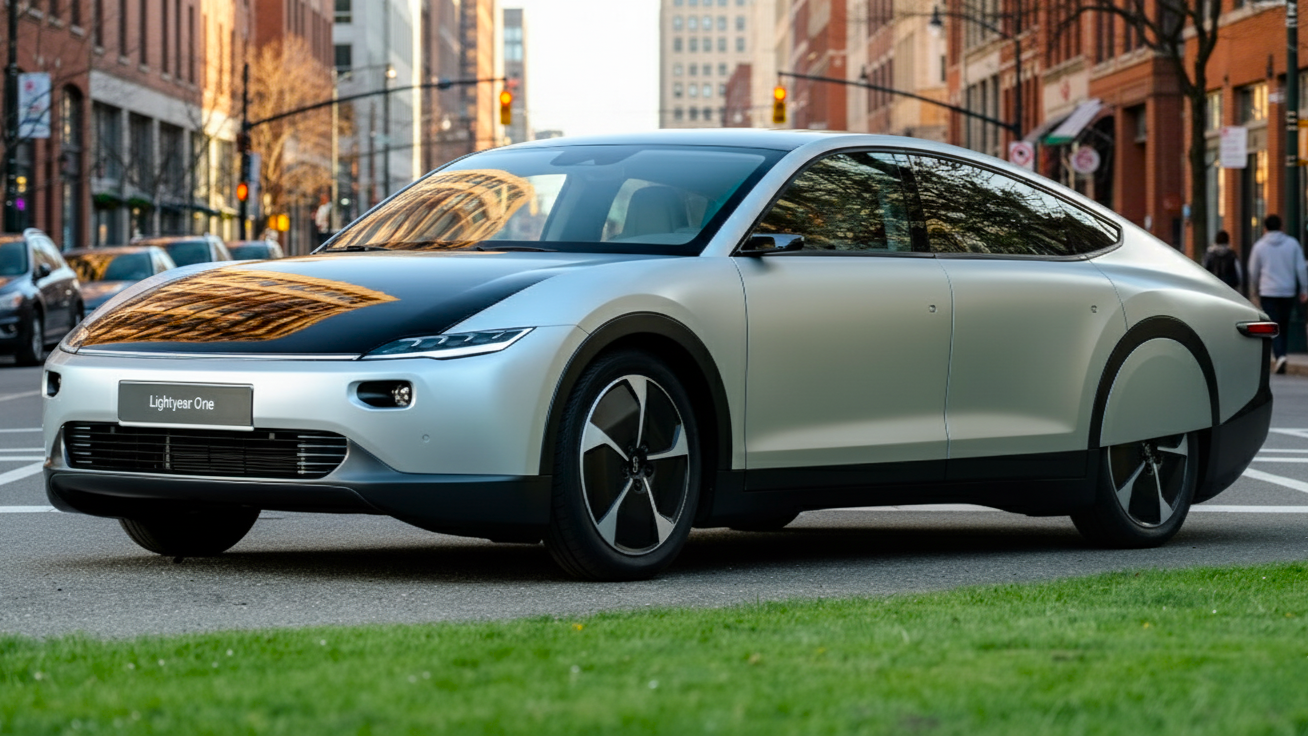
A unique car whose body is covered with solar panels. It can travel dozens of kilometers a day using only solar energy, reducing the need for frequent charging from the grid.
Technology | Prominent Representatives | The Essence of the Innovation |
Ultra–Efficiency | Mercedes–Benz VISION EQXX | Achieving a range of 1000+ km through aerodynamics and lightweight materials. |
Level 4+ Autonomy | Audi AI:ME, Cadillac InnerSpace | Fully autonomous driving in specific zones, with the cabin as a relaxation space. |
Interactive Exterior | BMW i Vision Dee | A body that changes color and displays information using E Ink technology. |
Body Transformation | Renault Morphoz, Audi Skysphere | A car that changes its physical dimensions depending on the task. |
Artificial Intelligence | Toyota LQ, Honda 0 Series | A car that learns from the driver and becomes their personal assistant. |
Solar Energy | Lightyear 2 | Solar panels integrated into the body for continuous recharging. |
Expected Arrival Times and Costs
Many of these technologies are already on the verge. Level 3 autopilot systems are already certified. Electric cars with a range of 800+ km are already on sale. The main question is when futuristic cars will become mainstream and affordable. Most experts agree that a significant breakthrough in reducing the price of electric cars will occur by 2027–2028 with the advent of solid–state batteries. Fully autonomous Level 4 cars for personal use are unlikely to appear before 2030.
How to Assess the Potential of a Futuristic Car
Now let's talk about how to figure out if such a vehicle is promising for you or if it's better to look at other models.
- Realism. Pay attention to who is behind the project. A concept from a major auto concern has a better chance of going into production than one from an unknown startup.
- Infrastructure Readiness. A flying car needs launch pads, and a hydrogen car needs refueling stations.
- Reputation. Trust brands with a history of successful innovation.
Technological Breakthroughs in the Cars of the Future
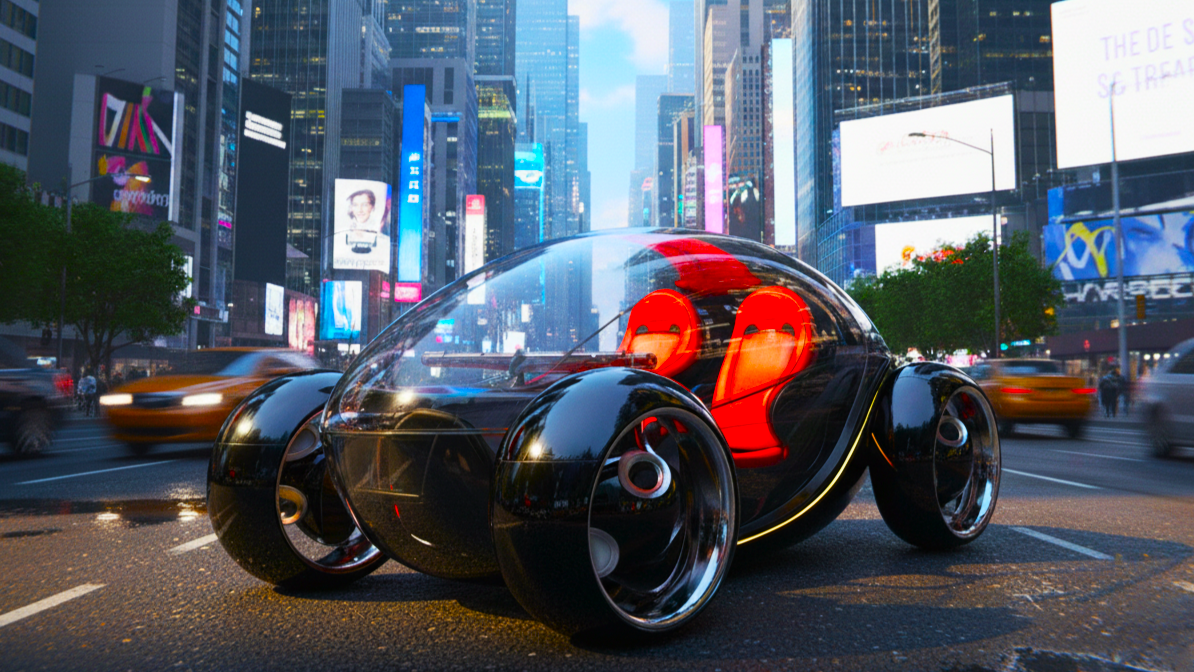
Beyond 2030, even more amazing things await us: solid–state or even quantum batteries with instant charging, self–healing body panels, and perhaps neural interfaces that allow you to control the car with the power of thought.
Misconceptions About the Cars of the Future
- Overestimating the speed of implementation. From concept to production car is a long road that takes years.
- Ignoring limitations. Many concepts are created for ideal conditions and do not take into account bad weather, potholes, and the complexity of real traffic.
- Confusing marketing with reality. Claims of a "full autopilot" often turn out to be just an advanced Level 2 system.
Conclusions and Recommendations
Future cars are already here. They are electric, smart, and increasingly autonomous. The leaders in the technology race remain Tesla, Mercedes–Benz, and BMW, but Hyundai/Genesis and new players are actively catching up.
To keep up with developments, subscribe to the news sections of official automaker websites and attend major international auto shows (CES, IAA Mobility). The future is coming faster than it seems, and new cars are ready to meet it.


